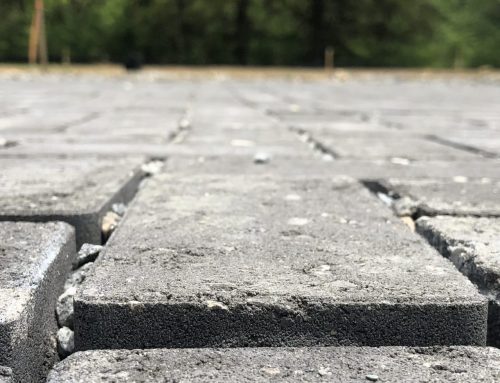The construction of stormwater retrofits has greatly accelerated within the Chesapeake Bay watershed in the past decade, as communities work to meet water quality requirements such as TMDLs and stormwater permits. The Center for Watershed Protection took a look at data from 584 stormwater retrofit projects constructed by 41 different partners over the past seven years in Maryland to see what we could learn about retrofit costs and the factors affecting their variability.
We began with a dataset of projects funded by the Maryland Department of Natural Resources (DNR) and reached out to the grantees to collect additional information on the constructed projects and their costs. Only a limited number of partners provided the requested information, reducing the number of retrofits with sufficient data for analysis to 46. The Center also conducted supplemental interviews with grantees and statistical analysis of data on bioretention costs collected by the Chesapeake Stormwater Network in 2012.
The primary finding of this study was that many organizations working on stormwater retrofit implementation do not track the project expenses and details needed to be able to compare costs and cost-effectiveness across projects and determine how these costs vary with project type, location, site conditions or design features. The key recommendation for funding agencies is to consider changes to grantee reporting requirements to collect this information. For example, water quality volume, the single most reliable predictor of project cost, is not currently reported to funders. The study also recommends that funding agencies provide guidance and resources on stormwater retrofit cost estimation and a simple tool that lower-tech applicants and grantees can use estimate pollutant reductions and water quality volume.
The intent of these recommendations is that over time a more consistent dataset of costs and characteristics of constructed stormwater retrofits will become available to help inform planning and budgeting for retrofit projects. Knowing the true cost of these projects will help funders to direct grants toward the most cost-effective ones and ensure that funding thresholds are appropriate given the expected cost. In addition, understanding the major factors affecting cost is an important step toward devising ways to reduce those costs.
Read the full report here: https://owl.cwp.org/mdocs-posts/constructing-stormwater-retrofits-in-maryland-challenges-recommendations-for-cost-estimation/
This work was funded by the Chesapeake Bay Trust. For more information about this project, contact Karen Cappiella at kc@cwp.org.






